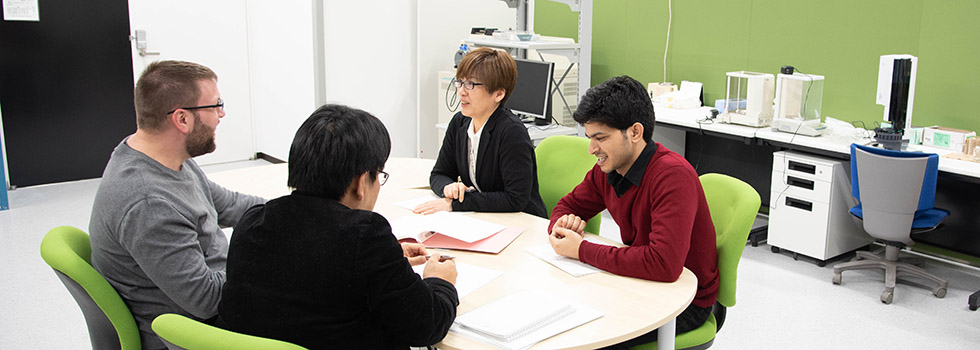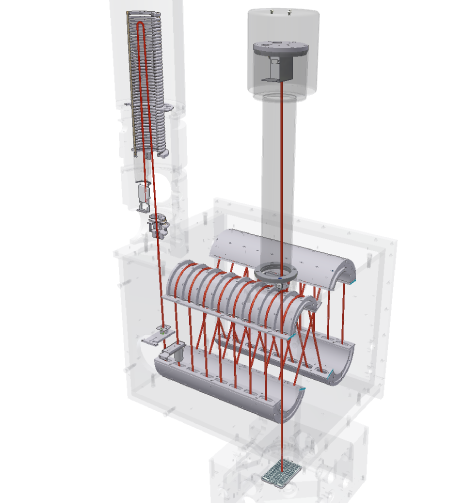
Mass Spectrometry Open Innovation Project within the JEOL YOKOGUSHI Research Alliance Laboratories established by Osaka University and JEOL
A new research laboratory has been established by JEOL Ltd. and Osaka University in the Graduate School of Frontier Biosciences, as an Osaka University Collaborative Research Center system in a development involving the cancellation and reorganization of the Mass Spectrometry Open Innovation Joint Research Chair first launched in April 2017. The project began in April as the Mass Spectrometry Open Innovation Project of the Graduate School of Science Project Research Center for Fundamental Science in the JEOL YOKOGUSHI Research Alliance Laboratories. In addition to mass spectrometric research, its mission includes the development of new fields of application in conjunction with electron microscopy, nuclear magnetic resonance, and other JEOL core technologies.
FEATURE
The project will advance the development of technologies and applications relating to mass spectrometry as the core of this industry–university collaboration effort, which will bring together researchers and companies from multiple fields. The project will engage in themes ranging from medical, dental, and pharmaceutical science to the environmental and other sectors. The project will form a wing of the JEOL YOKOGUSHI Research Alliance Laboratories and advance cross-sectoral research.
RESULTS
Research progress
Performing development of onsite systems and methods for periodontal disease diagnosis
The basic research and development theme in this project is the development of an onsite periodontal disease diagnosis system and method. Concurrently with the development of a method that enables analysis in a shorter time, the project is engaged in the development of metabolite analysis technology to facilitate identification of the basal pathophysiology. The project is also developing new technology for ionization and cell detection and identification, and a method of particulate matter PM2.5 analysis. In parallel with its research and development, the laboratory is engaged in promoting basic technology succession and in human resource development and cultivation. For that purpose, trainees from overseas and short-term students have been admitted, and learning has been performed with actual equipment and systems. Cooperation has also been extended to the staging of events for high school students from the Kansai area, and hands-on learning at the university has included observation and analysis with an electron microscope.

Further development
Research and development predicated on participation in a large project as a collaborative unit
With this project serving as the nucleus, laboratories from within and outside the university and from private companies united and began to function as a collaborative unit in March. In this cooperative entity, researchers participate from the perspectives of instrument developer, application researcher, user, or other positions, with the goal of functioning as a platform for the advancement of new ideas and manufacturing processes. This includes periodically convening meetings for discussion of relevant themes. New analytical instrument development is expected to be undertaken by the participating research laboratories and companies as the nucleus and primary recipients of the large-scale research and development budget. The collaborative unit performs research and development with a focus on participation in the large-scale project and is projected to engage in original component technology development using Grants-in-Aid for Scientific Research or public funding inside and outside the university. The principles of the unit establishment presuppose its engagement in the following: (1) mass spectrometry technology development (innovative technology development); (2) Mass spectrometry applied development (meeting new needs); (3) development and cultivation of human resources who will drive future technology developments; (4) succession of basic technology; and (5) dissemination of new technology gained by research.